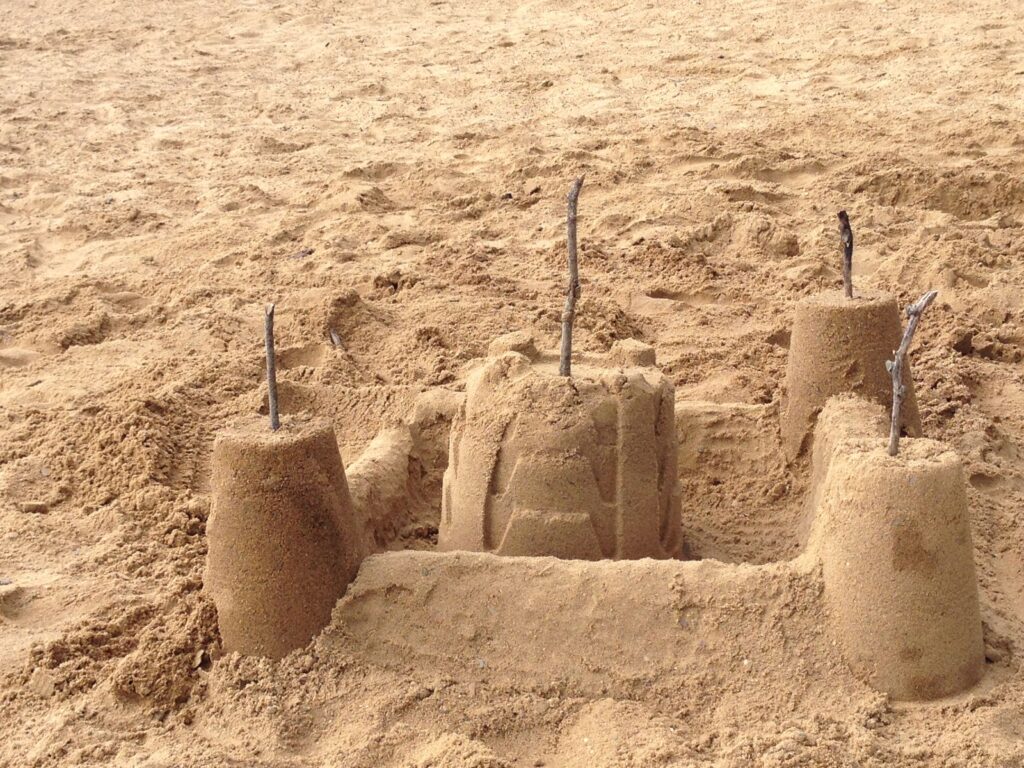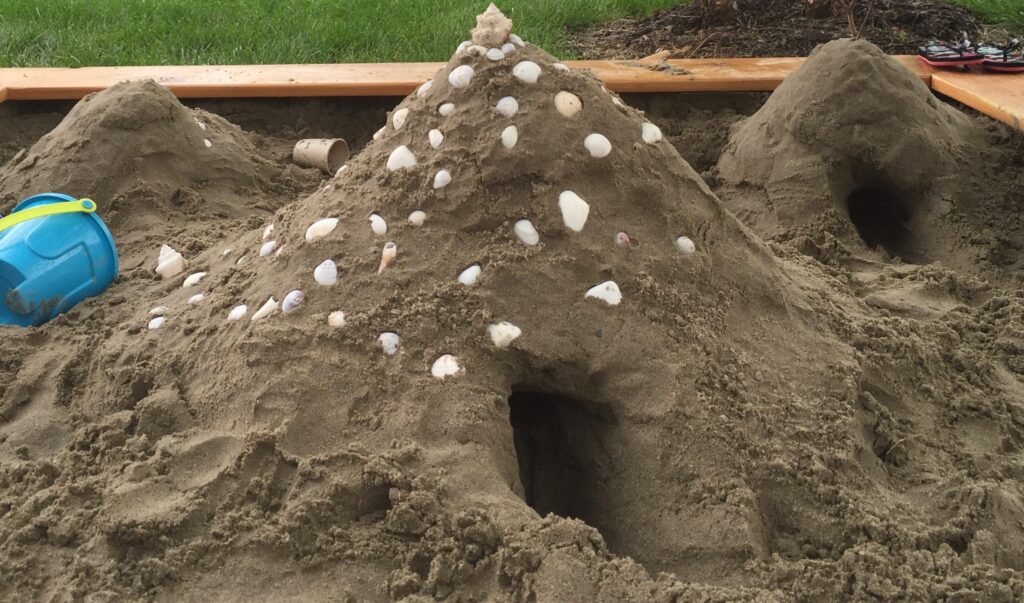The E in STEM is for Engineering Explorers!

“I think we should try it this way.”
Katerina is sharing an idea with her friends in the sandbox.
“The sand is too dry,” she explains. “We need to dig deeper to get to the wet sand down below. If we use the wet sand on the bottom, I think the castle will be stronger and then we can build it higher.”
Children are natural engineers who come into the world ready to experiment and solve problems through play. Today’s play has introduced our early learners to basic engineering skills: designing, creating and testing.

Children naturally engage in engineering exploration and discovery early in life, and they modify their methods to achieve a certain goal, just like real engineers.
When they build sandcastles, they encounter challenges that inspire them to engage in design thinking. Teaching them how to think creatively to surmount these challenges is the best way to prepare them to succeed in school and in life.
That’s why we’re excited to announce engineeringexplorers.org, a new website that gives early childhood educators the knowledge and skills they need to teach young children how to think like engineers.
Made possible by a generous gift from Marjorie Pelino, Engineering Explorers was launched on June 1, 2024.

We’ve organized Engineering Explorers just like the other websites in our series—Early Math Counts, Early Science Matters and The Ready Child—so you can easily find the information you need to foster the development of early engineering skills in children between the ages of birth and five.
At first glance, engineering seems a lot like science. But there’s one main difference: Science is about answering questions, while engineering is about solving problems.
By generating and testing out different ideas and solutions, toddlers and preschoolers develop the foundational skills they need to become real-world problem-solvers.

If you think engineering activities and concepts are too advanced for the early childhood classroom, you might be surprised to see that even the youngest learners are eager to engage in the engineering design process.
You’ll also be surprised by how easy it is to turn everyday play—such as building sandcastles—into hands-on engineering adventures. The free engineering activities, lesson plans and other resources at engineeringexplorers.org will show you how.
While you’re transforming your early childhood classroom into an “early engineering maker space,” don’t forget to take advantage of these STEM professional development hours that you can earn free of charge. This online professional development series for early childhood educators, which includes an early engineering module, lets you learn at your own pace and in your own time.
helpful
Looks like fun
Nice lesson
cool
Perfect!